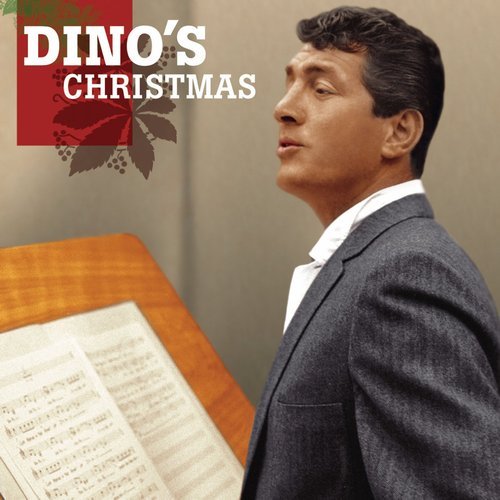Artist:
Marco Pedrona, Davide Merello
Title:
Pietro & Prospero Castrucci: Sonatas for Violin and B.C.
Year Of Release:
2023
Label:
Brilliant Classics
Genre:
Classical
Quality:
FLAC (tracks + booklet) [88.2kHz/24bit]
Total Time: 1:02:25
Total Size: 0.99 GB / 268 MB
WebSite:
Album Preview
Tracklist:1. Violin Sonata, Op. 1 No. 3: I. Adagio, Andante (02:03)
2. Violin Sonata, Op. 1 No. 3: II. Allegro Giusto (03:56)
3. Violin Sonata, Op. 1 No. 3: II. Giga Allegro (02:16)
4. Violin Sonata, Op. 2 No. 12: I. Ciaccona (04:59)
5. Violin Sonata No. 4: I. Largo (01:22)
6. Violin Sonata No. 4: II. Allegro ma non Troppo (02:08)
7. Violin Sonata No. 4: III. Allegro (01:26)
8. Violin Sonata, Op. 2 No. 1: I. Allemanda 1 e 2 (03:21)
9. Violin Sonata, Op. 2 No. 1: II. Andantino Moderato (02:24)
10. Violin Sonata, Op. 2 No. 1: III. Andante Staccato (02:10)
11. Violin Sonata No. 2: I. Largo Assai (01:06)
12. Violin Sonata No. 2: II. Allegro (02:24)
13. Violin Sonata No. 2: III. Allegro ma non Troppo (04:54)
14. Violin Sonata, Op. 1 No. 4: I. Andante (01:16)
15. Violin Sonata, Op. 1 No. 4: II. Allegro e Battuto (01:16)
16. Violin Sonata, Op. 1 No. 4: III. Adagio (01:15)
17. Violin Sonata, Op. 1 No. 4: IV. Allegro (01:27)
18. Violin Sonata No. 5: I. Largo (02:45)
19. Violin Sonata No. 5: II. Allegro (03:03)
20. Violin Sonata No. 5: III. Adagio (00:25)
21. Violin Sonata No. 5: IV. Allegro Assai (01:52)
22. Violin Sonata, Op. 1 No. 7: I. Adagio (01:42)
23. Violin Sonata, Op. 1 No. 7: II. Allegro (03:24)
24. Violin Sonata, Op. 1 No. 7: III. Adagio ma non Tanto (01:13)
25. Violin Sonata, Op. 1 No. 7: IV. Allegro (01:09)
26. Violin Sonata, Op. 1 No. 9: I. Largo (01:42)
27. Violin Sonata, Op. 1 No. 9: II. Andante (04:04)
28. Violin Sonata, Op. 1 No. 9: III. Amoroso (01:09)
Elegant Baroque sonatas for violin and basso continuo by a pair of little-known brothers, Pietro and Prospero, who belonged to Handel’s circle of talents in 18th-century London.
Pietro (1679-1752) and Prospero (1690-1760) Castrucci belong to the generation of virtuosos who connected the development of violin playing from Corelli to Tartini, and took the Italian style abroad, combining it with the latest musical fashions of the time. Born in Rome, they studied with Corelli, but moved to London in 1715, which had become a European capital for music primarily thanks to the patronage of the English aristocracy and the celebrity figure of Handel.
The Castrucci brothers played in Handel’s orchestra at the Royal Academy for the next 20 years, and Handel wrote obbligato parts for them in his operas. Prospero published only one collection, of six sonatas, in 1739; he seems to have been the more conservative of the two brothers, writing in a style reminiscent of his teacher Corelli, albeit decorated with bold flourishes characteristic of Veracini and Locatelli.
The more innovative of the two was Pietro, who became more famous, wrote more prolifically and was published well beyond London. His violin writing is a crucible of invention, featuring bold strokes such as multi-tempo movements, arpeggiated chords on three strings, unisons with basso continuo, inverted mordents, and the kind of ‘arco battuto’ writing that Beethoven would later emulate.
A pupil of Giuliano Carmignola, Marco Pedrona founded Ensemble Guidantus in 1995, specialising in music of the Italian Baroque. With them he has performed across Italy and further afield, giving highly praised performances of the canonic repertoire from Corelli to Pergolesi but also reviving many figures such as the Castrucci brothers.
- Pietro and Prospero Castrucci are among the representatives of the generation of performers and composers who transformed the Italian violin school from Corelli to Tartini, and, at the same time, exported the Italian style abroad.
- Romans by birth, between 1702 and 1705 both appeared on several occasions in the orchestra of Corelli, of whom they were pupils. In 1715, following Lord Burlington, they moved to London where they soon gained fame, prestige and great public favour, joining -Pietro as a sideman- the orchestra of the Royal Academy conducted by Handel. Pietro died in Dublin in 1751 and Prospero in London in 1760.
- While Prospero’s sonatas are still written under the influence of Corelli, full of cantabiles in the best Italian tradition, Pietro’s sonatas, on the other hand, present a very different kind of writing, a real hotbed of technical experiments: tempo changes within the same movement, arpeggiated chords on three strings, unisons with basso continuo, inverted mordents, passages with the “arco battuto”.
- Italian violinist Marco Pedrona was the 1st violin and soloist of the Orchestra Accademia 800, specializing in the performance of 19th century repertoire. In 1995 he founded the Ensemble Guidantus, an instrumental group specialized in baroque music. The Ensemble's repertoire includes music by Vivaldi and other famous composers of the seventeenth and eighteenth centuries, such as A. Corelli, B. Marcello, G. B. Pergolesi, D. Scarlatti and the rediscovery of music by rarely performed composers. On this recording he is accompanied on the organ by Davide Merello.
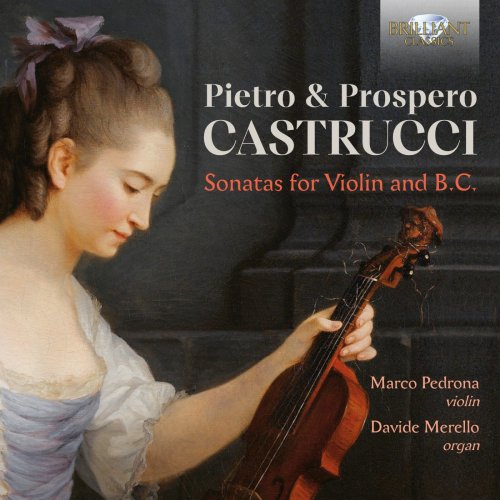


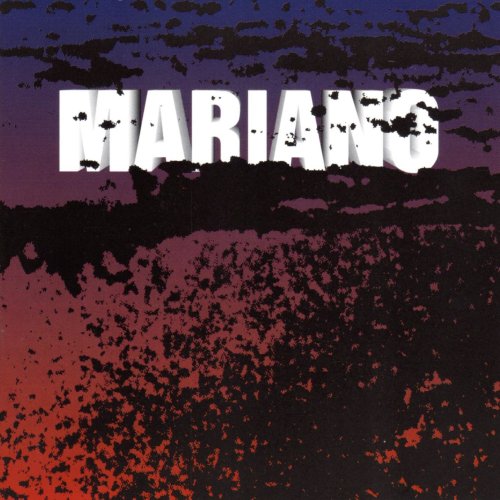
![Elsio Mancuso - The Last Stand (2026) [Hi-Res] Elsio Mancuso - The Last Stand (2026) [Hi-Res]](https://img.israbox.com/img/2026-01/01/9dn870pjrwgwaufih42blfchk.jpg)
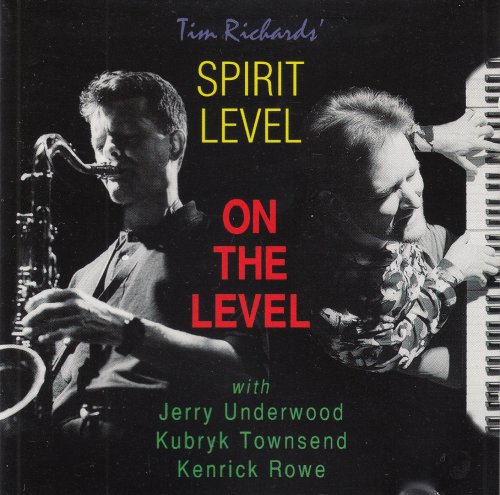
![Lionel Hampton - Apollo Hall Concert 1954 (Remastered) (2023) [Hi-Res] Lionel Hampton - Apollo Hall Concert 1954 (Remastered) (2023) [Hi-Res]](https://www.dibpic.com/uploads/posts/2025-12/1766995341_lhac500.jpg)
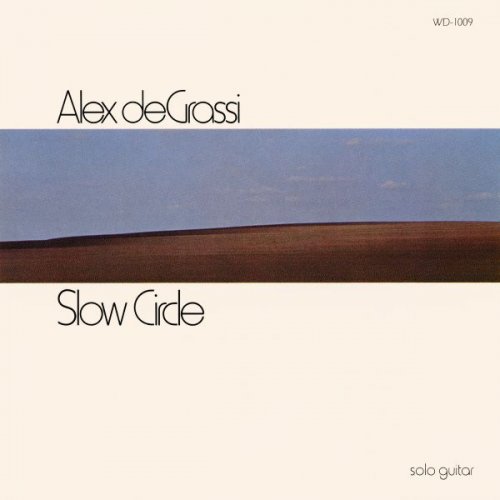

![Tim Richards - Tim Richards Hextet Telegraph Hill (2018) [Hi-Res] Tim Richards - Tim Richards Hextet Telegraph Hill (2018) [Hi-Res]](https://www.dibpic.com/uploads/posts/2025-12/1766996852_rqnxdiia2f5nc_600.jpg)
